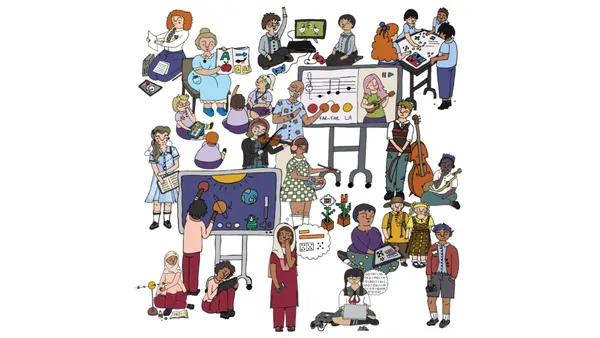Dive Brief:
-
As students around the country swelter in autumn heat waves, districts are brainstorming ways to fund air conditioning in classrooms while school is in session, District Administration reports.
-
This week, Baltimore County Public Schools in Maryland closed schools without air conditioning, while Hawaii continues to support a program designed to speed up air conditioning installation in its classrooms and Ohio’s Columbus City Schools has installed air conditioning in 15 of its buildings.
-
Research shows a degree increase in Fahrenheit temperature results in a 1% decline in learning outcomes, according to the article.
Dive Insight:
A study published last year showed years of PSAT scores from over 10 million high school students indicated scores fell 1% for every degree higher a school’s temperature rose over the previous year’s average. The effect was three to four times more severe for black and Hispanic students and low-income students than for their white, affluent peers.
The researchers also suggested these students have fewer resources at home to make up for the learning loss.
The authors also found regions of the U.S. that are generally cooler are less likely to be air-conditioned, and that “heat is particularly damaging to the achievement of students in these regions.” These areas included New England, Michigan and the upper Midwest.
R. Jisung Park, an environmental economist and assistant professor of public policy at the University of California, Los Angeles, wrote in an opinion article that adding air conditioning made a significant impact on learning environments, and that, as an economist, he believes it is worth the cost. Other economists, he notes, have suggested a year of air conditioning in warmer locales like Atlanta or Houston could increase students' future earnings by $2 million in a high school with 1,000 students.






 Dive Awards
Dive Awards






